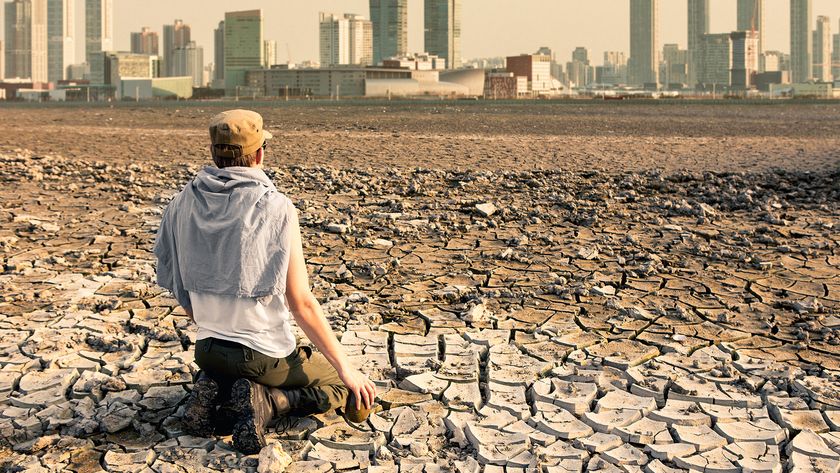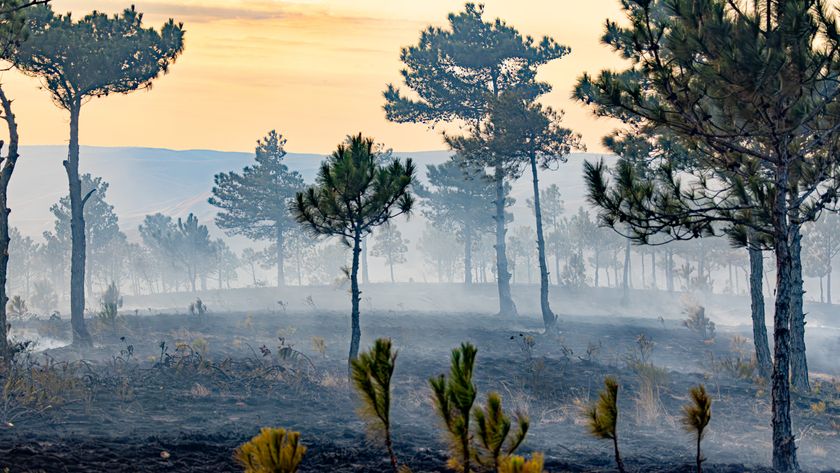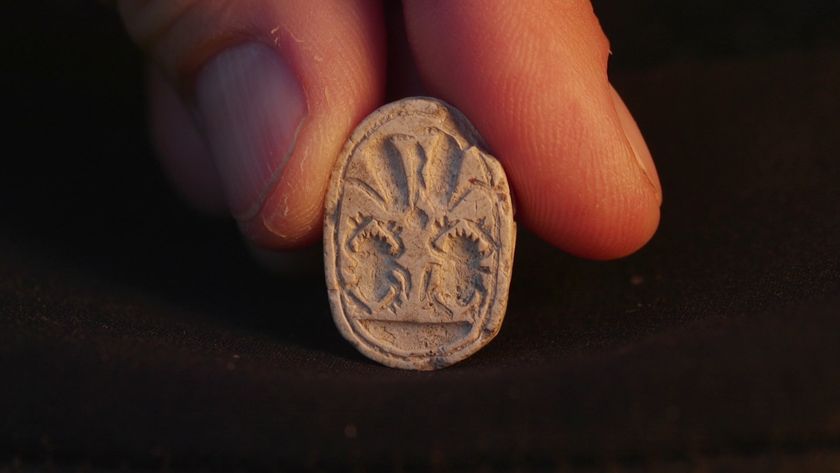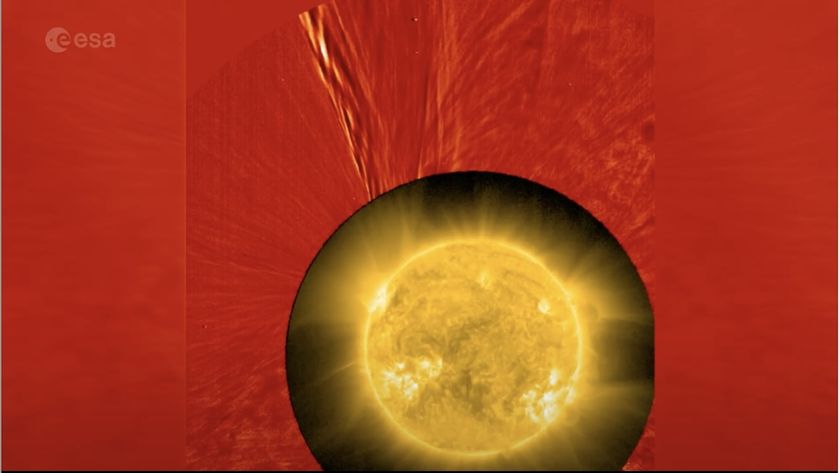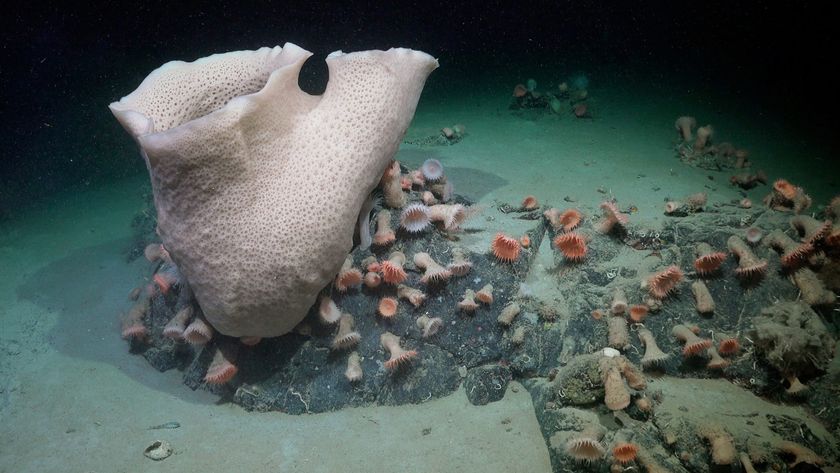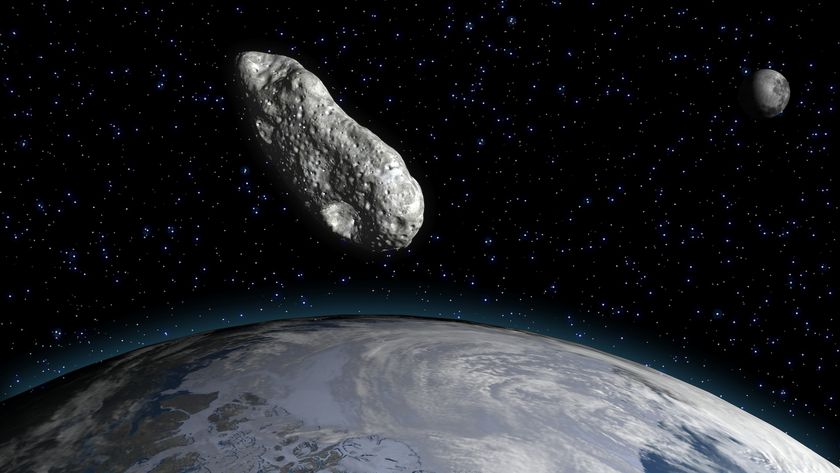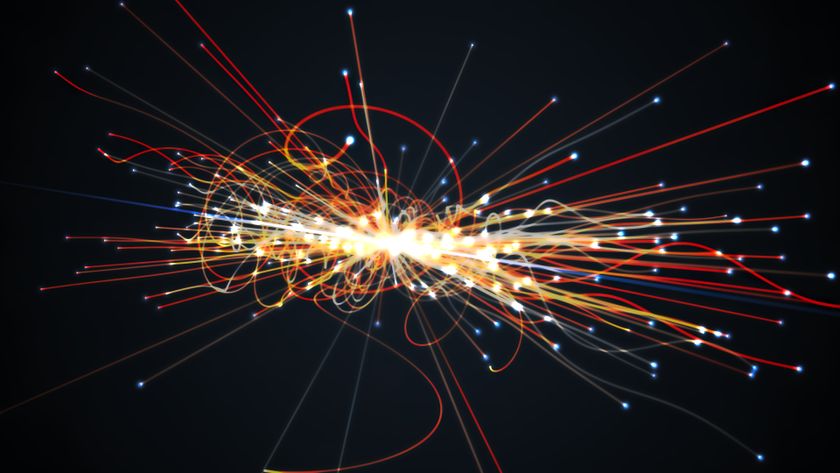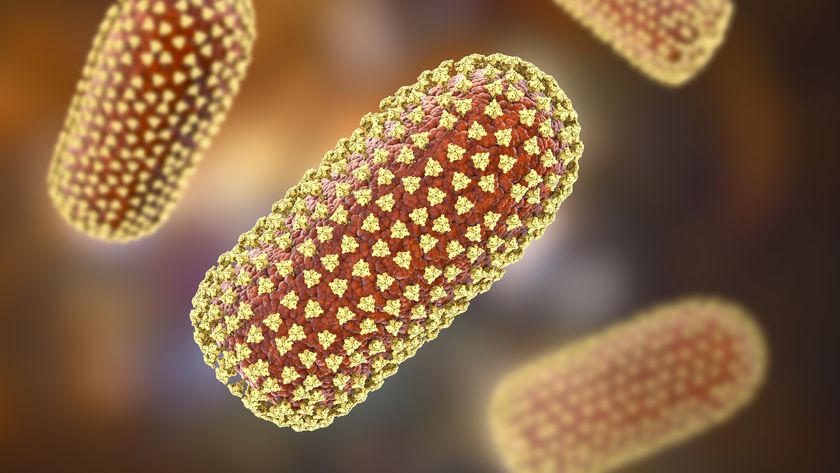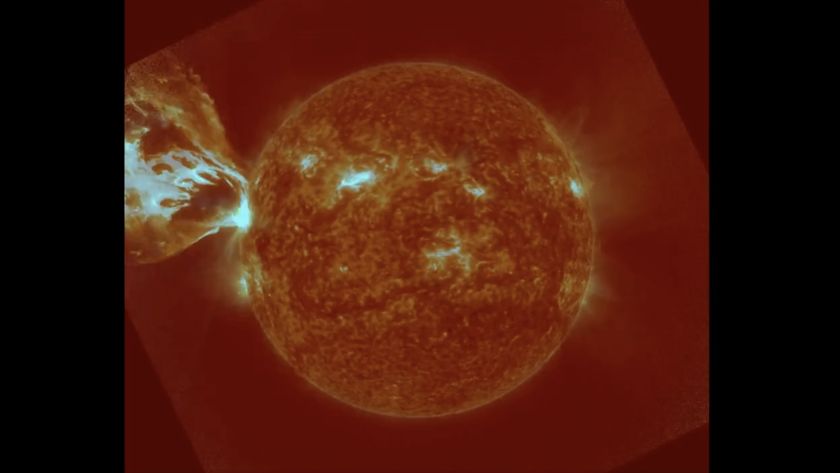Climate 'tipping points' could push us past the point-of-no-return after less than 2 degrees of warming
Knock-on effects could transform the Amazon rainforest into savannah
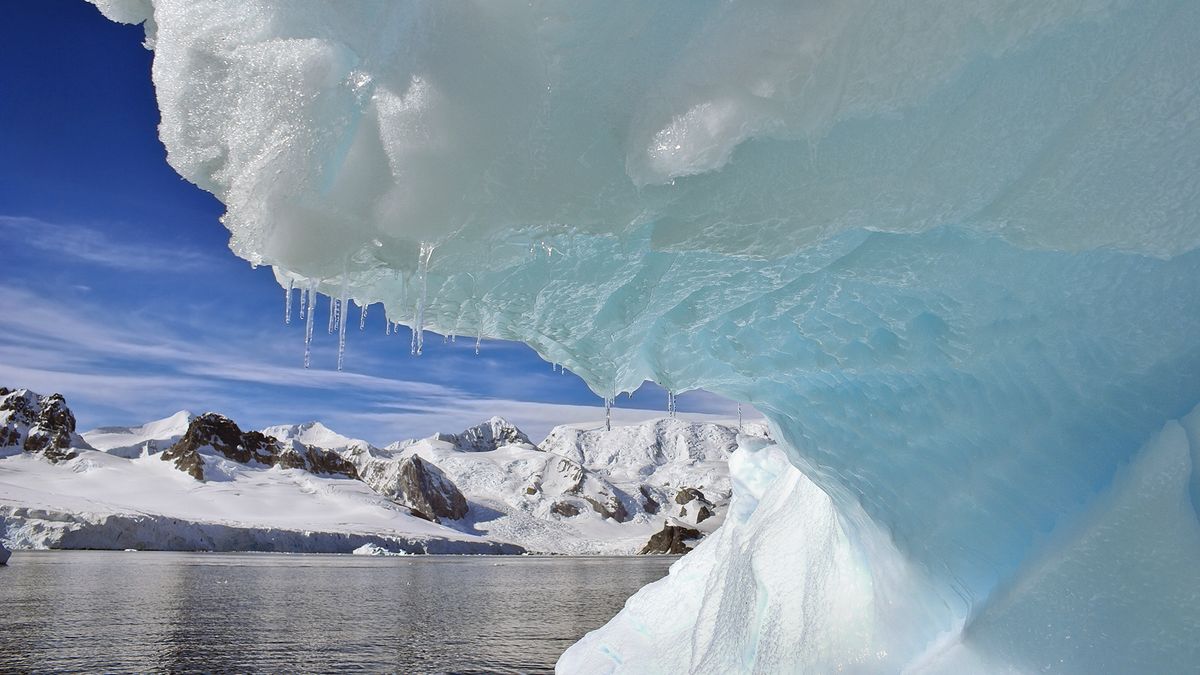
As climate change continues to heat the planet, ice sheets and ocean currents could destabilize each other, leading to a climate domino effect impacting 40% of the world’s population, according to new research.
And these effects could be seen at way lower temperatures than previously thought.
Scientists ran 3 million computer simulations of a climate model, finding that nearly one-third resulted in disastrous domino effects even when temperature increases were below 3.6 degrees Fahrenheit (2 degrees Celsius) above pre-industrial levels, the upper limit set by the Paris agreement.
Climate tipping points are points of no return in the climate system. Once they are crossed, severe, accelerated changes to the climactic systems that support life on Earth may become irreversible, according to a report by the UN’s Intergovernmental Panel on Climate Change (IPCC). Some of these tipping points, such as the collapse of the Western Antarctic ice sheet, could have already been crossed, Live Science previously reported.
Related: Time-lapse images of retreating glaciers
In order to simulate Earth's climate on a computer, the researchers created a simplified model that focused on how specific "dominos" in the world's climate systems interact. Some of those dominos were things such as ice sheets, ocean currents or weather patterns such as El Nino, and the model essentially simulated how tipping those — for instance, by melting major ice sheets or slowing the Atlantic conveyor belt that helps cool Europe's climate -- would affect other dominos in the chain. The model simulated more than 3 million possible scenarios, in which some of the dominos interacted more or less strongly with each other.
The new study found that collapsing ice sheets, like those in West Antarctica and Greenland, were especially likely starting points for tipping cascades. In one disturbing scenario, cold, glacier meltwater triggered the slowing of the Atlantic current and then — by impacting the El-Niño Southern Oscillation — led to significantly reduced rainfall in the Amazon rainforest, which could transform much of it into savanna.
Sign up for the Live Science daily newsletter now
Get the world’s most fascinating discoveries delivered straight to your inbox.
In another scenario, substantial melting of the Greenland ice sheet would release freshwater into the ocean and slow down Atlantic ocean currents that transport heat from the tropics to the North Pole. This current slowdown would then warm the Southern Ocean, destabilizing Antarctic ice sheets, which would in turn send meltwater into the ocean and ultimately lead to more sea-level rise. This rising sea level, in turn, would cause even more melting of the Greenland ice sheet.
And in many of the simulated futures, climate alterations most dramatically affected coastal regions, where 2.4 billion people, or 40% of the world’s population, lived in 2017, according to the United Nations.
"We’re shifting the odds, and not in our favor — the risk clearly is increasing the more we heat our planet," co-author Jonathan Donges, a physicist at the Potsdam Institute for Climate Impact Research (PIK) in Germany, said in a statement. "It rises substantially between 1 and 3 [degrees] C. If greenhouse gas emissions and the resulting climate change cannot be halted, the upper level of this warming range would most likely be crossed by the end of this century. With even higher temperatures, more tipping cascades are to be expected, with long-term devastating effects."
And we may already be well on our way to some of those tipping cascades. In May, a separate study published in the journal Proceedings of the National Academy of Sciences, showed that the Greenland ice sheet, the second largest in the world, is on the brink of accelerated melting. The ice sheet lost 586 gigatons (532 metric gigatonnes) of mass in 2019, according to an August 2020 study. A further study published in the same month reported that the ice sheet may already have passed the point of no return.
The researchers say that their research may in fact underestimate how close Earth’s climate is to these tipping points, and that drastic, rapid reduction of carbon dioxide emissions is vital in order to avoid them.
"Our analysis is conservative in the sense that several interactions and tipping elements are not yet considered," study co-author Ricarda Winkelmann, a professor of climate system analysis at the Potsdam Institute for Climate Impact Research (PIK) in Germany, said in the statement. "It would hence be a daring bet to hope that the uncertainties play out in a good way, given what is at stake. From a precautionary perspective, rapidly reducing greenhouse gas emissions is indispensable to limit the risks of crossing tipping points in the climate system, and potentially causing domino effects."
According to a 2018 report by the IPCC, put together by the world’s top climate scientists, carbon dioxide emissions must be halved by 2030 if the world is to stay within 2.7 F (1.5 C) of global heating — the threshold beyond which global ecosystems and food networks will face extreme stress and small islands will be inundated. Leaders from the G7 nations are meeting at a summit in Cornwall, England, this week, and they will also meet in November in Glasgow, Scotland, at the United Nations Climate Change Conference, to further negotiate a path forward.
The researchers published their findings June 3 in the journal Earth System Dynamics.
Originally published on Live Science

Ben Turner is a U.K. based staff writer at Live Science. He covers physics and astronomy, among other topics like tech and climate change. He graduated from University College London with a degree in particle physics before training as a journalist. When he's not writing, Ben enjoys reading literature, playing the guitar and embarrassing himself with chess.
